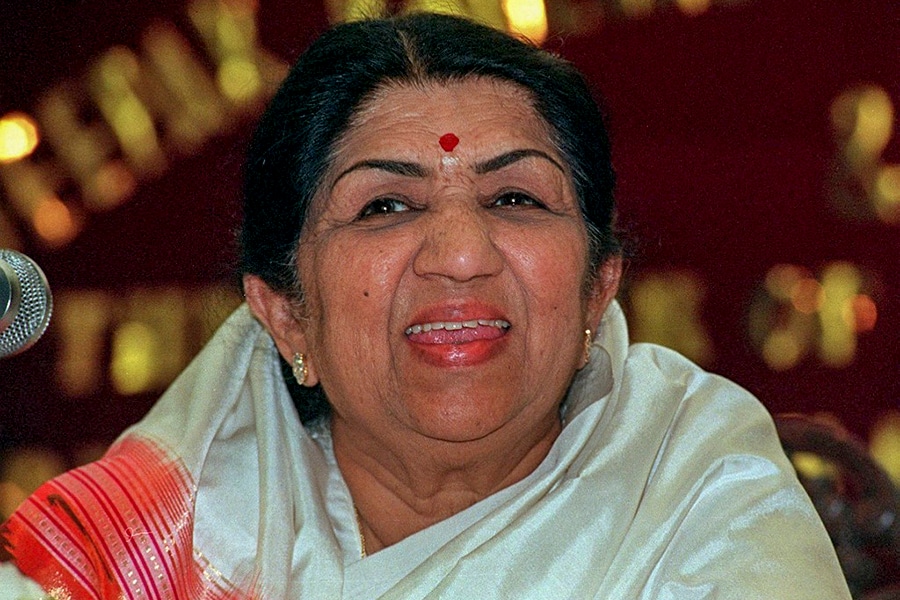
Lata Mangeshkar: Voice that united India
The legendary singer, who passed away on Sunday, was second to none. Despite being blessed with a flawless voice and achieving greatness, she did not take her talent or stature for granted
 Despite being blessed with a flawless voice and achieving greatness, Lata Mangeshkar never took her talent or stature for granted
Despite being blessed with a flawless voice and achieving greatness, Lata Mangeshkar never took her talent or stature for granted
Image: Sebastian D'Souza / AFP
Lata Mangeshkar had often said that if given a choice, she wouldn't like to be reborn as Lata Mangeshkar. There's been a lot of pain, struggle and sadness in my life, and only I know about it, the Bharat Ratna would explain without revealing much.
Born to Deenanath Mangeshkar and Shevanti, the songstress had to shoulder the family’s responsibility since the age of 13 after her classical musician-and-theatre-actor-father passed away. As the financial crisis worsened with her father’s drama company facing closure, Mangeshkar took to acting in Marathi films like Pahili Mangalgaur (1942) to ensure her four siblings—Asha, Usha, Meena and Hridaynath—don’t have to sleep hungry. She detested the makeup, though, and often complained to her mother about her eyebrows being trimmed.
Master Vinayak, who had taken Mangeshkar under his wing, asked her to move to Mumbai and gave her acting and singing opportunities. Thus began her journey as a playback singer.
Her voice was initially dismissed as ‘thin’ by some, but music director Ghulam Haider who mentored her, showed immense faith in her abilities. He was eventually proved right.





